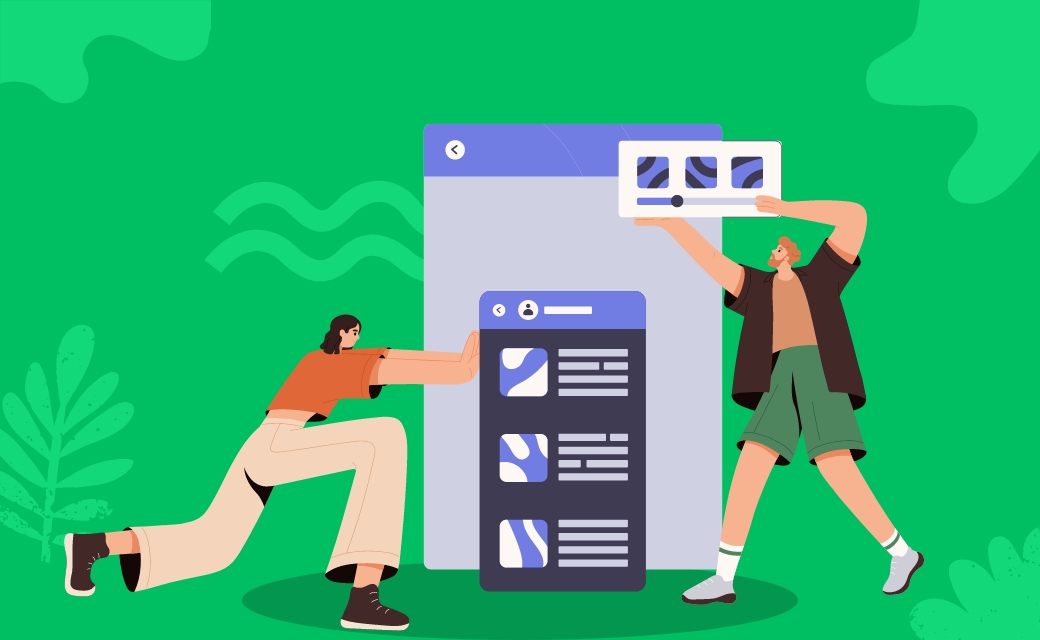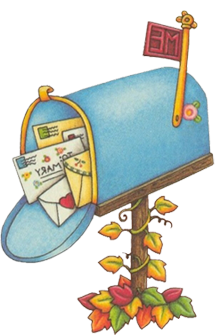Grow Your Brand Community with Facebook Group Marketing
Facebook has over 1.62 billion active users daily. Among those, nearly 400 million people are members of different groups. These stats speak for themselves. And tells you how much you can gain by including Facebook Group marketing along with maintaining the business pages on this social media platform.
However, not many brands are utilizing this opportunity. And this is where you can sneak in and use this yet another powerful Facebook tool of ‘groups’ to grow your brand community. In short, this is an ideal opportunity to create brand awareness and loyalty.
So, are you ready to build a Facebook Group? Here, I am covering everything you need to know about creating and managing a Facebook Group for your business.
Table of Contents
What Exactly Are Facebook Groups?
If you want a definition of Facebook Groups, one can define it as a community where people sharing similar interests come together and discuss events or ask questions related to them.
So, what is the actual difference between page and community? If you consider Facebook Pages as your business’s Facebook profile, then groups are the community where you encourage your audience to interact and have conversations.
Groups or communities will nicely complement your page, but it cannot substitute the same. If you want to say it in layman’s terms, then Facebook Page is like presenting your business card to someone, whereas groups can be compared to the occasional coffees over discussions.
These works similar to forums where they allow the members to actively participate and generate content like the post about events, ask questions, follow conversations, share links, pictures, etc. The groups and communities provide a sense of intimacy and exclusivity. And that’s exactly why it works in building a relationship with your audience.
Why You Should Create a Facebook Group?
I cannot stress enough the importance of community when it comes to organic reach and managing relationships with your audience. But to generalise and summarise the benefits, these are the things you can do with a Facebook Group.
- A direct line to two-way communication between you and your audience.
- You can monitor the audience sentiment.
- Build communities around specific topics or events and locations.
- Get a better understanding of audience demographics.
- Gain honest and valuable feedback.
- Identify a new target audience for running campaigns.
- Control who is part of your community and the tone of the behaviour.
How Can You Use Facebook Group for Your Business?
You can use either the existing groups or create your own group to nurture the relationship with your customers. Here are some of the factors that you can focus on while making your marketing strategy.
-
Establish Authority
Facebook Group isn’t for promoting content or products, but more to form a community and build a relationship with your customers. Create a group in your niche and share your expertise, invite influencers, solve problems or queries, or simply something that adds value to the people engaging in the group. This way you can establish authority in your niche, which then helps in changing the perception of the audience towards your brand.
-
Test Content Ideas
The primary goal of a group is to engage members in a discussion, but you can also use this platform to test the content ideas and look at what your audience thinks about them. This plays a huge role, especially you are planning to introduce some new, unique concept. Moreover, the discussions will always give you access to new content ideas when you listen to their comments or conversations.
-
Build Community Around the Event
If you organise or promote several events, then creating a community can help you a lot. Participants can ask questions or even get assistance related to the event here. It will also serve as a platform to shares photos and comments after the event.
How to Set A Facebook Group?
Setting up your Facebook Group is very easy and just takes a few steps to get your community running.
Step 1: Create Your Group
Start with logging in to your Facebook account, and click on the ‘+’ icon. Select create ‘group’ from the drop-down menu to create a community.
Step 2: Name the Group
While choosing the name of the community, make sure to go with something that conveys what the group is talking about. You can create a group for anything. But it makes more sense when you make one for something related to your niche or products.
Step 3: Invite Members to Join
When you click on the create group button, it opens a dialog box. After entering the desired name, the next step is to invite members to join. You can do this by adding the email ID of the person or entering the name as on the Facebook platform.
People prefer joining groups that already have a few members present. So, ask your friends to join it to let visitors know about the people already present. Once you have few people added, start by inviting people who have liked your brand or engages with the posts frequently. Also, promote your group on other social media platforms to get some more members in the group.
Step 4: Select Privacy Level
You can either make the group private or public depending on whether you want others to view the group discussion or not. If you are looking to create intimate and personal space with your customers, then go for private. But if your goal is to bring more users together, then you definitely need to give a glimpse of what the members of the group are discussing to the public.
Step 5: Add Details to The Group
Now that you have created the group, it’s time to add all the important details to give that group a personalised look. Some of the basic things you need to do are:
- Add a cover photo
- Write description
- Include tags
- Set a location
Tada! You have created your Facebook Group.
Step 6: Share the First Post
The next step is to share your first post. Post something that will prompt your group members to indulge in a conversation or at least comment and later start some discussion. So, get your party started. It will take some time to get the ball rolling, but with constant efforts, you will definitely be able to create something interesting and effective to engage your audience.
How to Grow Your Community?
Now that you have a Facebook community, what’s next? How will you make sure that you optimise the opportunity and grow your brand community even larger? To ease things out a bit for you, here are a few cornerstones of Facebook Group Marketing strategy.
-
Determine the Purpose
Understanding the purpose, setting the rules, and laying down the expectations will help you in long run. Without one, your ground will soon turn into spam. Make sure that you lay some rules and enforce them on the group. After all, all the members should feel safe to be a part of your group.
-
Prioritise Daily Discussions
It is better if you can keep your members engaged in a conversation on daily basis. But make sure that you do not spam them by posting something every now and then. Posting daily, however, is a big commitment. So, why not follow a theme or some weekly schedule for discussion topics.
-
Show Them You Are Listening
Just posting about something and then walking off is not how you can manage the group well. You need to keep a close eye on the replies and all the notifications. Your group members will more or less continue the conversation, but a reply in between from you will show that you are actively interested and participating in their conversation. It will create a strong bond of mutual respect and an intimate relationship between you two.
-
Do Not Self Promote
Nobody is joining your group to know about your products or the discounts you are offering. So, stop spamming them with such gimmicks and in fact, make sure that none of the members use this tactic to gain attention. But if you are still planning to go ahead with promoting a blog, then make sure that you specify the reason behind it. And make sure that it is a good one.
Conclusion:
Facebook Group will definitely play an important role while strategizing the marketing techniques. But before you commit to this Facebook tool, make sure that you are up for the task. Ask yourself:
- What Facebook success looks like to you? What is looking to achieve?
- Do you have time and resources to engage and manage a Facebook group?
- How can you set the rules and enforce them to all?
With these being answered, I am sure you are up for the task. However, here are my final reminders to you are a parting gift. Take a look at some dos and don’ts while using the Facebook Group marketing strategy.
Dos:
- Offer valuable content to the members that are open to discussions.
- Prompt members to interact and engage in conversations like asking questions.
- Place a clear set of rules for the members to expect what one can and can’t do in the group.
- Create a strong theme and make it the tone of your group.
Don’ts:
- Spam the members with promotional offers and discount groups.
- Post dozens of times in a single day.
- Allow rule-breaking policy frequently as that will disrupt the essence of the group for everyone.
- Add people without knowing anything about them.
- Veer off-topic or merge into something not niche related.
- Try to handle everything by yourself as an admin.









About The Author
Monica Rodrigues
Monica heads content sales and management at Justwords and comes with 8 years of content marketing experience. She advises SMEs on social media strategy and 10X content. There is nothing that delights her more than good wine and artisanal cheese.